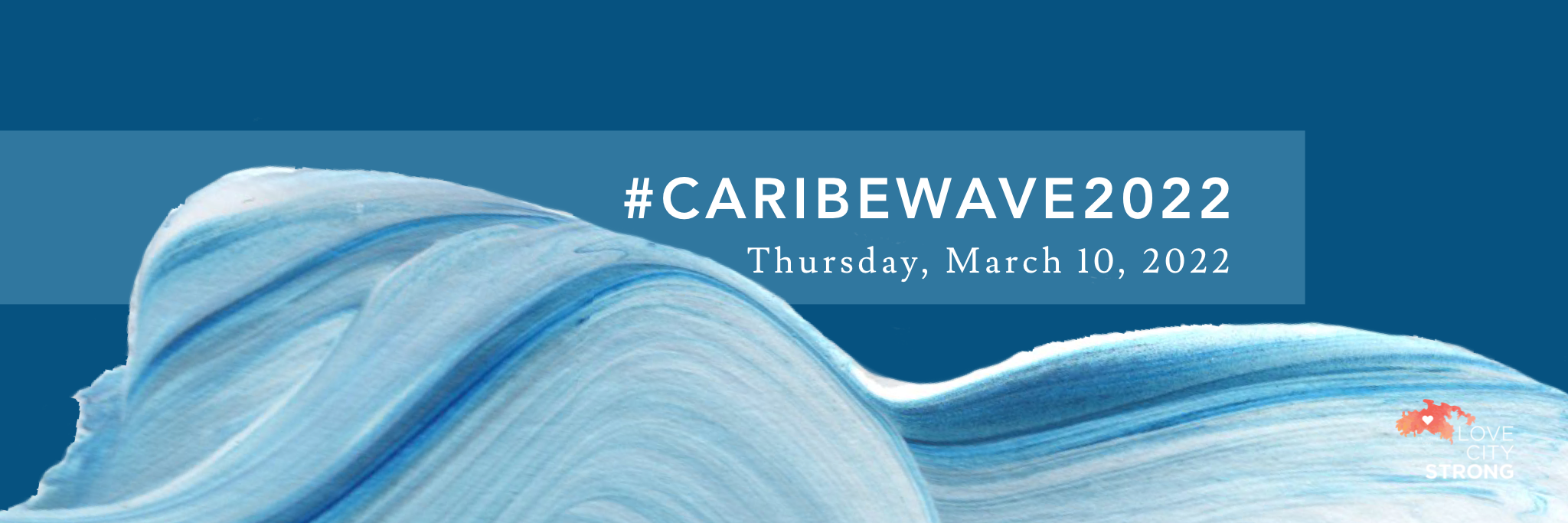Caribe Wave Tsunami Drill 2022

If you were in the Virgin Islands this morning, you likely got an alert on your phone indicating the start of the 2022 Caribe Wave tsunami drill. The phone alert would have come from FEMA’s Integrated Public Alert & Warning Systems (IPAWS), as well as VITEMA’s VI Alerts.
This year’s Caribe Wave tsunami drill was based on a scenario in which an 8.0 earthquake struck off the west coast of Puerto Rico, triggering a tsunami that will impact the U.S. Virgin Islands. The goal of the annual drill is to mimic real world response to a disaster of this kind.
What is a tsunami?
A tsunami is a large wave caused by an underground or undersea disturbance such as an earthquake. They can move at speeds of 30 mph or more, and make landfall with waves reaching anywhere from 10 to 100 feet in height. The entire Caribbean region is considered to have high levels of vulnerability and threat for tsunamis. Since 1842, more than 3,500 people have lost their lives to tsunamis in the Caribbean. Significant population growth and tourism impacts in low-lying coastal areas in recent years only increase the region’s vulnerability.
What should you do in the event of an earthquake and tsunami?
When you feel an earthquake, you should “Drop, Cover, and Hold” for the duration of the earthquake. When the shaking has passed, proceed according to tsunami evacuation plans. According to VITEMA, this means ascending to a minimum of 82′ above sea level, or greater than 2 miles inland. As an example, the first floor of the Marketplace is located 50 feet above sea level, so the LCS evacuation protocol takes us to the area behind the third floor office suites. It’s a good idea to identify the elevation of your home, office, or school in advance, and then locate the nearest, highest ground as an evacuation point if needed.
How can I be more prepared?
First, be alert to signs of a tsunami, such as a sudden rise or draining of sea waters.
Subscribe to emergency information and alerts in your area, and turn on government alerts on your smart phone. Always follow instructions from local emergency managers.
Know and practice community evacuation plans. Map out your routes from home, work, and play. Visit VITEMA’s website to see the tsunami evacuation zones in the U.S. Virgin Islands, and learn your nearest evacuation rally point.
Create a family emergency communication plan that has an out-of-territory contact. Plan where you will meet if you get separated.
Finally, consider earthquake insurance and a flood insurance policy. Standard homeowner’s insurance does not cover flood or earthquake damage.
To learn more about tsunami preparedness and the annual Caribe Wave tsunami drill, visit Tsunamizone.org, and check out the tsunami and earthquake related resources at VITEMA.vi.gov.
